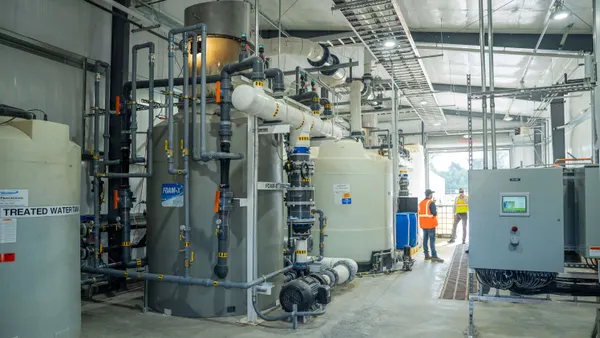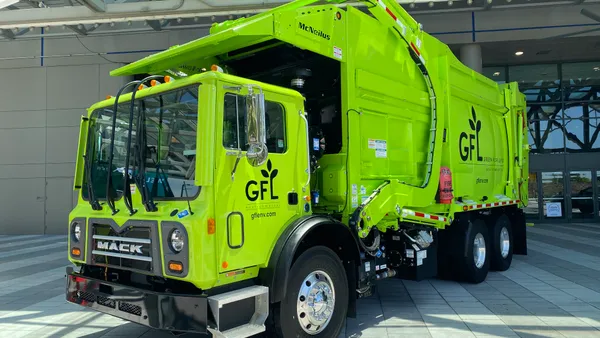Highlights:
- Article offers a detailed look at the gas-to-energy facility recently opened by Republic Services and its partner, Energenic
- Facility is the nation's 10th largest landfill gas-to-energy plant and can generate 11 megawatts of electricity
- Dry climate in Nevada reduces amount of gas produced and made it a challenge to make the facility viable. Republic Services and Energenic released multiple innovations to combat the issue
- Facility will help Nevada reach its goal of having 25% of energy come from renewable sources by 2025
From the article:
Las Vegas is known for gambling, elaborate shows and of course a scorching, arid climate. Those fiery temperatures were just one of the unusual challenges that Republic Services Inc. and its partners faced in establishing a landfill-gas-to -energy (LFGTE) facility at its nearby Apex Landfill.
The waste and recycling company recently unveiled the tenth largest landfill gas to energy operation in the nation. The facility can generate up to 11 megawatts of electricity, enough to power more than 10,000 homes in southern Nevada. Moreover, it’s a green energy operation down to processing details within a facility that has the potential to double or triple capacity as the landfill matures, says Frank DiCola, president and CEO of Energenic, Republic’s partner in the project, which designed, constructed and operates the conversion facility. Phoenix-based Republic and Energenic, with headquarters in Mays Landing, N.J., unveiled the facility north of Las Vegas to the public at an event May 17.
While the landfill is one of the largest in the United States, the dry Nevada climate made it a challenge to generate enough methane to make the plant viable, says Joe Burkel, Republic area president. “Back East it would produce a lot more gas.” But Republic and Energenic accomplished the task using existing LFGTE technology.
DiCola echoes that hotter temperatures mean less power generated. “A gas turbine sucks a lot of air.” One wrinkle Energenic added was a chiller to cool the gas entering its operation, thus maximizing power output for a range of temperatures...












